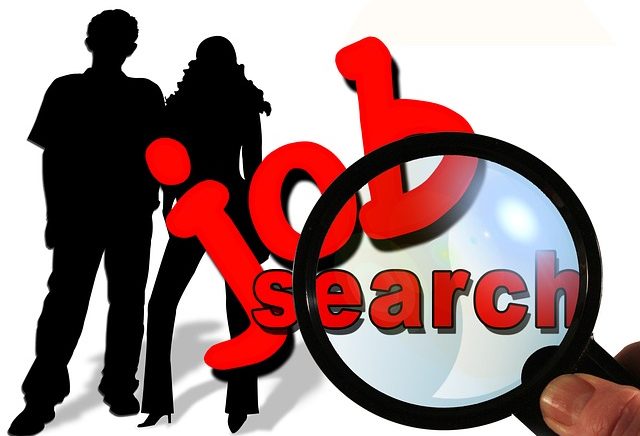Navigating Your Return To Work After an Accident

The cornerstone of your return to work after an accident is your physical recovery. It’s crucial to follow your medical team’s advice meticulously. This may involve ongoing treatments, physical therapy, or medications. Don’t rush this process – your health should always be the top priority.
Physical Recovery and Adaptation
Consider a gradual return strategy. This might mean starting with part-time hours or modified duties that accommodate your current physical capabilities. Work with your employer to implement necessary ergonomic changes or workplace accommodations. This could involve adjusting your workspace, using assistive devices, or altering your work processes to prevent aggravating your injury.
Remember, recovery is often a long-term process. Be prepared to manage ongoing physical therapy or rehabilitation alongside your work responsibilities. This balance is crucial for your continued healing and professional success.
Mental and Emotional Wellbeing
The psychological impact of a workplace accident can be as significant as the physical effects. An injury lawyer explained that it’s not uncommon to experience anxiety about returning to the site of your accident or develop symptoms of post-traumatic stress disorder (PTSD). It’s essential to acknowledge these feelings and seek appropriate support.
Building confidence in the workplace again takes time. Start by setting small, achievable goals for yourself. Celebrate these victories, no matter how minor they may seem. If you’re struggling with stress or anxiety, consider techniques like mindfulness, deep breathing exercises, or meditation to help manage these feelings.
Don’t hesitate to seek professional mental health support if needed. Many companies offer Employee Assistance Programs (EAPs) that provide confidential counseling services. Utilizing these resources isn’t a sign of weakness – it’s a proactive step towards your overall wellbeing and career success.
Legal and Administrative Considerations
Understanding your rights and your company’s policies regarding return-to-work after an accident is crucial. Familiarize yourself with relevant laws, such as the Americans with Disabilities Act (ADA), which may protect your right to reasonable accommodations.
Open and honest communication with your HR department and management team is vital. Clearly express your needs, limitations, and the accommodations that would help you perform your job effectively. If your accident falls under workers’ compensation, ensure you understand the process and comply with all requirements.
Throughout your recovery and return, maintain detailed documentation. This includes medical records, correspondence with your employer, and notes about your progress and any challenges you face. This information can be invaluable if any issues arise later.
Rebuilding Professional Relationships
Returning to work also means re-engaging with your colleagues. Be prepared to address any concerns or misconceptions they might have about your accident or your ability to perform your job. Clear, honest communication can help ease this transition.
It’s okay to set boundaries. You may need to limit certain activities or interactions as you readjust to the work environment. Communicate these needs clearly and professionally to your colleagues and supervisors.
This period of transition also presents an opportunity to reconnect with your professional network. Reach out to mentors or trusted colleagues for support and advice as you navigate this new phase of your career.
Career Impact and Opportunities
While challenging, your accident and recovery may offer a unique opportunity for career reflection. Take time to reassess your professional goals. Has this experience changed your perspective on your career path? Are there new skills or insights you’ve gained that could be valuable in your field?
In some cases, you might need to consider a career pivot. If your accident has resulted in long-term limitations that affect your ability to perform your previous role, explore how your skills and experience could transfer to other positions or industries.
Self-Care and Work-Life Balance
As you return to work, it’s more important than ever to prioritize your health and wellbeing. Establish new routines that support your ongoing recovery, such as regular exercise (as approved by your medical team), a balanced diet, and adequate sleep.
Be mindful of your energy levels. You may find that you tire more quickly than before your accident. Pace yourself and don’t hesitate to take breaks when needed. Communicate openly with your supervisor about any adjustments that could help you manage your workload effectively.
Long-Term Considerations
Your return to work is not the end of your journey, but rather the beginning of a new chapter. Stay vigilant about monitoring any recurring issues related to your accident. Don’t ignore new symptoms or challenges – address them promptly with your healthcare provider and your employer.
If you continue to need accommodations, don’t be afraid to advocate for yourself. Your insight from this experience can also be valuable in contributing to improved workplace safety measures. Consider sharing your perspective (as you’re comfortable) to help prevent similar incidents in the future.



